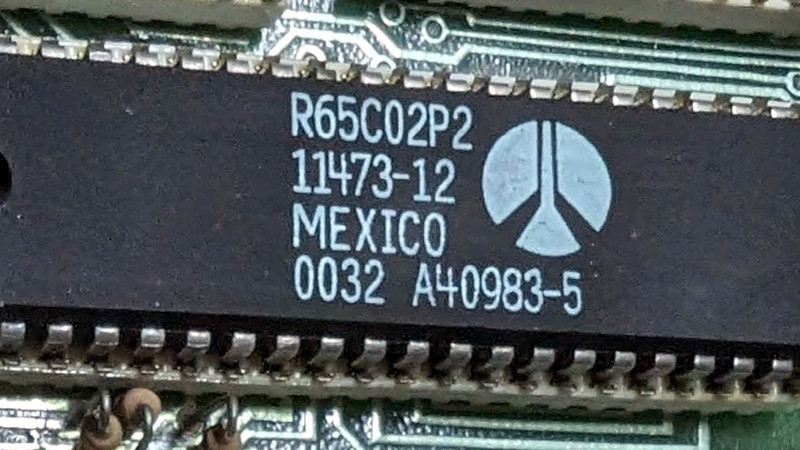A Linux terminal has a lot more features than the TeleType of yore. On a TeleType, text spews out and scrolls up and is gone forever. A real terminal can use escape characters to do navigate around and emulate most of what you like about GUIs. However, doing this at the lowest level is a chore and limits portability. Luckily, all the hard work has already been done.
First, there’s a large database of terminal capabilities available for you to use: terminfo. And in addition, there’s a high-level library called curses or ncurses that simplifies writing programs to control …read more
Continue reading Linux Fu: Controlling the Terminal→

